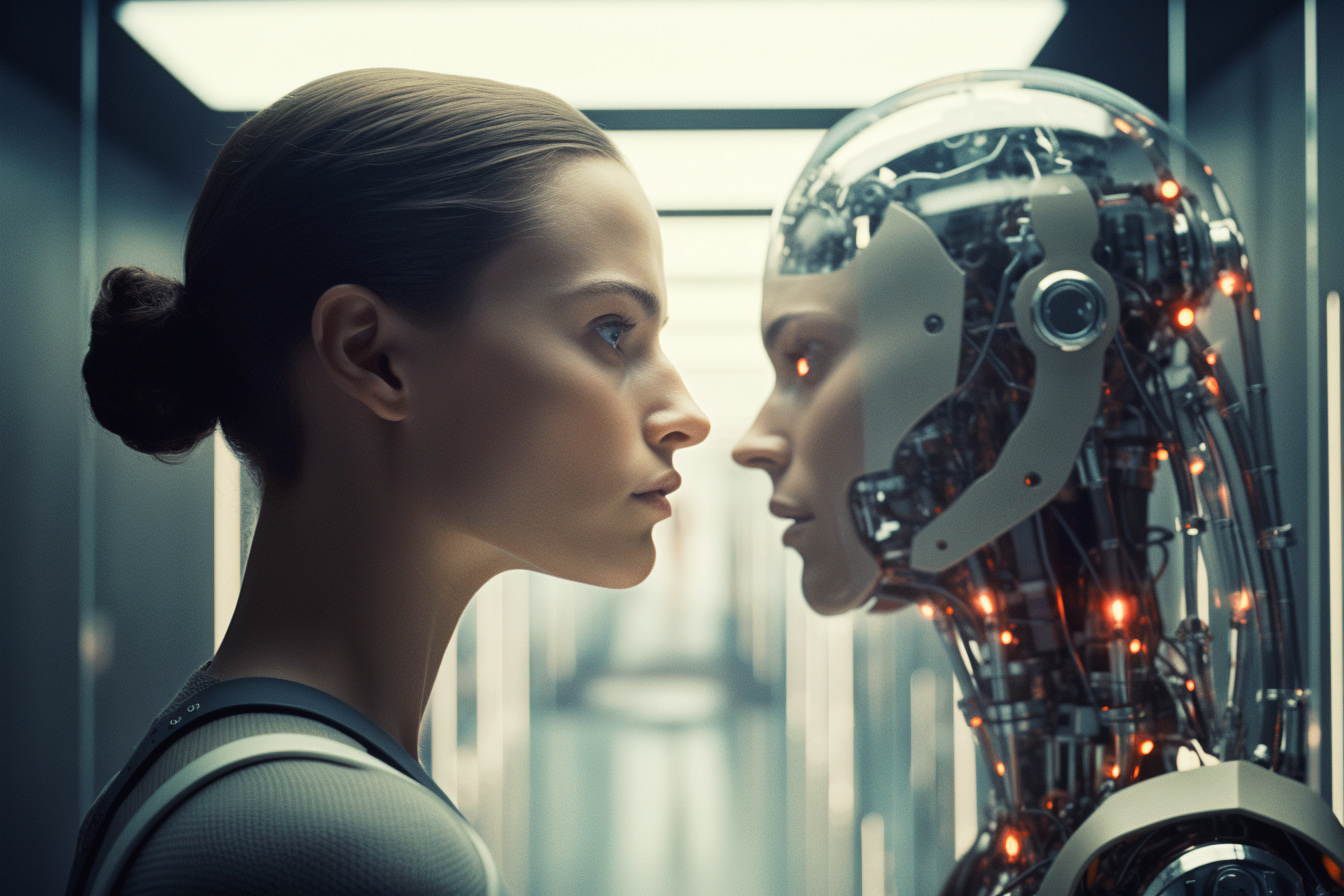Artificial intelligence (AI) is rapidly transforming every aspect of modern life. Yet, for many people, this advanced technology remains shrouded in mystery. AI-powered devices and services are now integral to how we communicate, shop, travel, and are entertained. However, few understand how these intelligent machines work their technological magic. Debates rage about whether AI will liberate us from drudgery or usher in an Orwellian dystopia. But to participate in this discussion meaningfully, we must first grasp the fundamentals of this game-changing technology.
Artificial intelligence (AI) is transforming our world in countless ways. Yet, for many people, AI still seems complex and mysterious. This article will provide a beginner’s introduction to AI, explaining key concepts simply and clearly. After reading, you’ll have a basic yet comprehensive understanding of what AI is, how it works, its applications, and what the future may hold.
What is AI?
AI refers to computer systems that can perform tasks normally requiring human intelligence, such as visual perception, speech recognition, and decision-making. There are two main types of AI:
Narrow AI
Narrow AI is focused on a single little task. For example, an AI that plays chess cannot also recognize faces. Typical applications include digital assistants, image classification, chatbots, and product recommendations. These systems can often outperform humans at their specific tasks.
General AI
General AI can theoretically understand and reason across many intellectual domains, just as humans can. This type of broad intelligence does not yet exist, and many AI experts disagree on when it will emerge.
At its core, AI is based on machine learning algorithms. These algorithms are trained by analyzing vast amounts of data to find patterns and make predictions. The more data they consume, the more accurate they become.
How Does Machine Learning Work?
There are three main types of machine learning:
Supervised Learning
In supervised learning, algorithms are trained on labeled datasets, meaning the data has already been categorized. For example, an image recognition algorithm would be trained on thousands of images correctly labeled as “cat” or “dog.” It learns rules to distinguish the two and can label new images automatically.
Unsupervised Learning
Unsupervised algorithms must find patterns and categories on their own in unlabeled data. An example is a shopping website that groups customers into segments based on shared interests and behaviors without pre-defined categories.
Reinforcement Learning
Reinforcement learning algorithms learn through trial and error. The algorithm takes various actions in an environment to maximize a reward or minimize penalties. This type of learning underlies applications like self-driving cars.
Applications of AI
AI is being applied across virtually every industry:
Computer Vision
Computer vision powers facial recognition, defect detection in manufacturing, and autonomous vehicles. Deep learning algorithms can now identify objects in images with high accuracy.
Natural Language Processing (NLP)
NLP algorithms analyze text data to perform sentiment analysis, topic classification, and language translation. Everyday applications include chatbots, spam detection, and predictive text.
Robotics and Autonomous Vehicles
Robots utilize computer vision, machine learning, sensors, and actuators to handle tasks or move through environments without human control. Self-driving cars use AI to detect obstacles, read signs, and make driving decisions.
Recommender Systems
Services like Netflix and Amazon use AI to study your preferences and recommend content or products tailored specifically for you. Recommenders drive engagement and sales.
The Future of AI
AI will continue enhancing productivity and efficiency across industries in the coming decades. However, concerns exist around the ethics of AI. As algorithms make more critical decisions independently, we must ensure they align with moral values. AI also raises valid concerns about privacy and job automation. Most experts believe AI will benefit society immensely, but we must proactively address its risks.
Case Study: How AI Helped Sarah Improve Her Life
Sarah felt unfulfilled and aimless, stalled in her career and lacking direction in her personal life. She decided to learn about AI to reinvent herself professionally.
First, Sarah took online courses to understand machine learning fundamentals. She learned how data could be used to train predictive models. Next, she identified issues in her company where AI could drive business value by improving efficiency or decision-making.
Sarah proposed an AI prototype for optimizing the manufacturing line to reduce defects. Her proof of concept demonstrated 10% cost savings, so she got approval to lead an AI implementation project. With her initiative and new skills, Sarah was promoted to head of AI strategy.
Personally, Sarah used AI-powered fitness and meditation apps to improve her physical and mental wellbeing. She also made new friends through a community of AI professionals. With some focused learning, Sarah proved anyone could leverage AI to transform their life and career.
Conclusion
You should now have a solid foundation for understanding this transformative technology that is reshaping society. We saw how AI enables machines to perform tasks and make decisions previously requiring human cognition. Machine learning algorithms identify patterns in vast datasets to achieve AI capabilities like computer vision, natural language processing, and predictive analytics.
Armed with your new AI literacy, you can engage meaningfully in shaping tomorrow’s intelligent machines and ensuring they reflect our values. Who knows, you may even be motivated to launch an exciting new career in artificial intelligence yourself! As AI spreads its invisible tentacles deeper into every corner of life, your understanding will be invaluable. Our intelligent machines are here to stay; the time is now to grasp their operation and harness AI to uplift humanity. The future remains unwritten – let us author it wisely.
